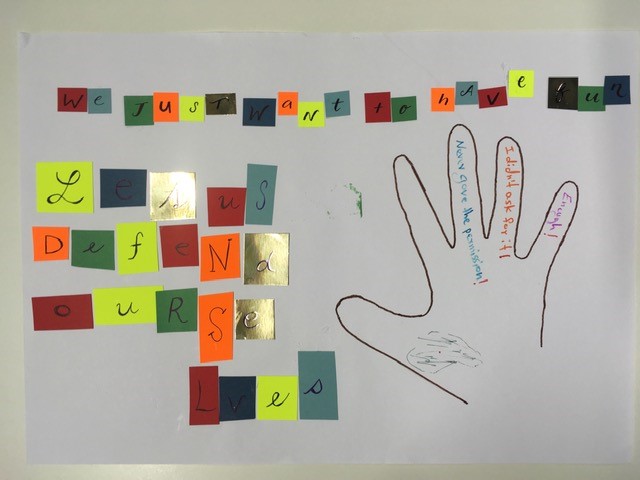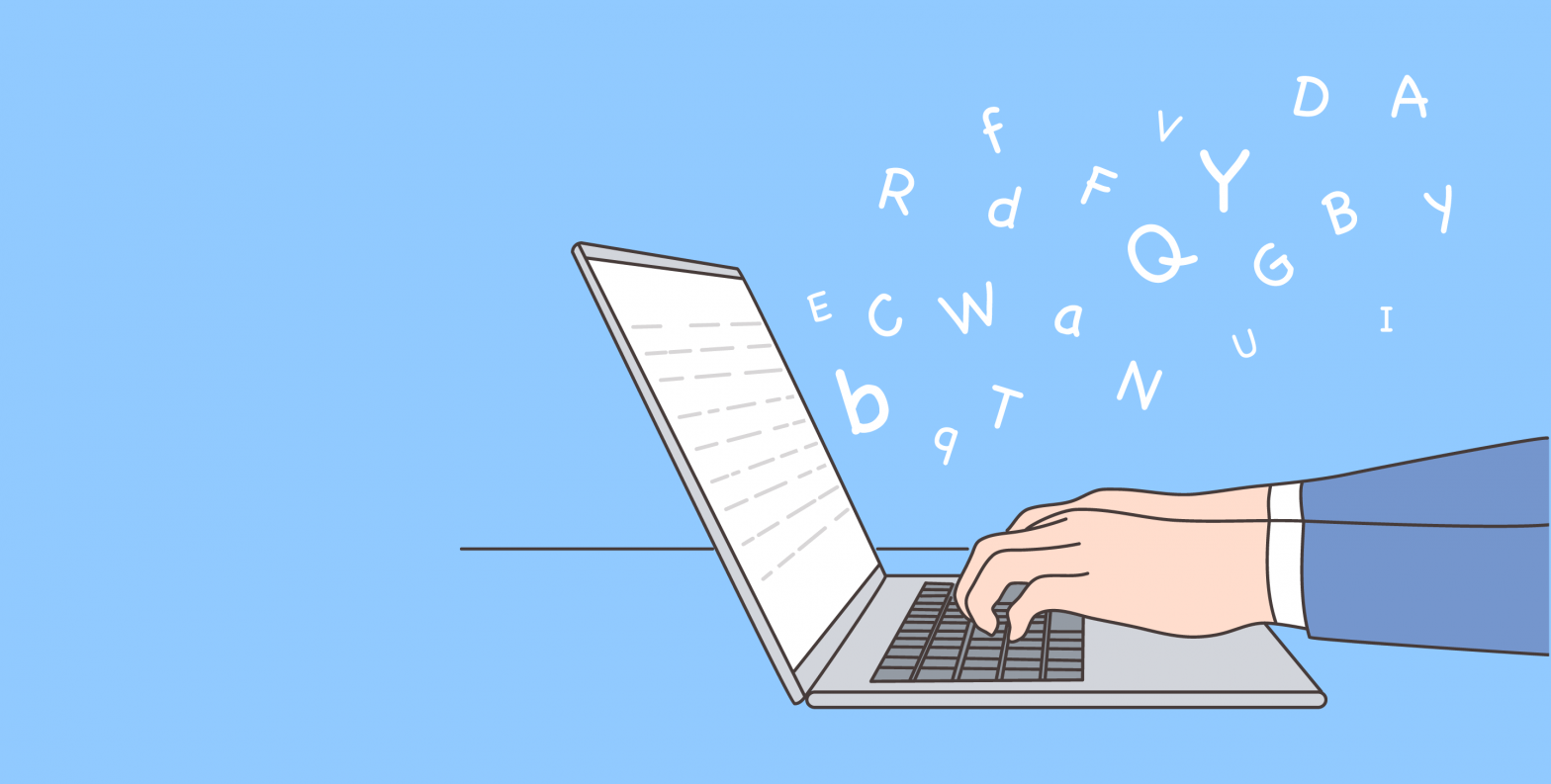To intervene or not to intervene? That is the question.
In digital activism, if we wish to declare our own opinions in regards to an issue that we believe needs rectifying, we compile a manifesto. This declares clearly a plan to implement change, goals and an intended outcome for the campaign. It is also necessary that a manifesto has a strong intended audience so that the content included is clearly tailored towards those audience members who will ultimately play a role in encouraging mass change.
Understanding what a manifesto is and does is quite straightforward. However, in order to fully comprehend how one may be used in a literal context, I started to compile my own in the form of some visual imagery. These pieces exist as the starting point within my hypothetical manifesto because they provide an aesthetic representation of campaign imagery, suggesting to audiences how the future campaign may look during the implementation of the manifesto’s intent.

The topic chosen was the recent increase in spiking by injection in nightclubs across the country. My group and I decided that using a Dadaist-style in order to appeal aesthetically to the eyes of passers by would be effective in this case. The reference to Dadaism also seemed fitting due to the artist movement’s own identification with and use as a form of “social protest” (Carter, 1998), which of course reinforces the intention of this example manifesto. The issue of spiking is a very serious, traumatic and emotive topic, especially now there have been cases involving spiking by injection as well as in drinks. But if we were to use graphic, attention-grabbing imagery using representations of actual needles or other graphic objects, the poster itself would likely turn audiences away and potentially act as scaremongering rather than thought-provoking. We settled on the notion that, if someone was going to spike someone, seeing a graphic poster regarding the issue is probably not going to stop them. So rather than preventing the act, which we possess little control over, our poster is more about protecting and informing those who might be at risk. The poster contains the phrases “We just want to have fun” and “Let us defend ourselves” because rather than posing women as victims, we wanted to empower them through attributes of the hypothetical manifesto, letting those at risk defend themselves, i.e. by decriminalising pepper spray or other self-defence apparatus. Furthermore, the use of a hand as a form of imagery is indicative of the physical ways in which someone may defend themselves, i.e. putting their hand out in front of them. It also symbolises saying no through body language, this is reinforced through the short phrases written on each finger, like “enough!”, “I didn’t ask for it” and “never gave permission”.
After continuing to focus on this topic as an example with the entire class, we all settled on the official points that we would declare in the manifesto. As iterated before, we are unable to prevent spiking entirely, nonetheless, we can prevent people being at risk. We decided to focus on our local area, aiming the manifesto towards the university student bars. Some of our main points were to provide cup covers for drinks (these would include a similar type of imagery as the poster as a way of reiterating awareness of the issue whilst audiences are potentially most at risk), encouraging the student bars to have volunteer/employed welfare officers to observe and prevent any potential acts of spiking, and finally, educating bar staff more on how to notice if someone has been spiked or if someone is potentially in a dangerous situation.
References
Carter, C. (1998) Encyclopedia of Aesthetics. New York: Oxford University Press.

